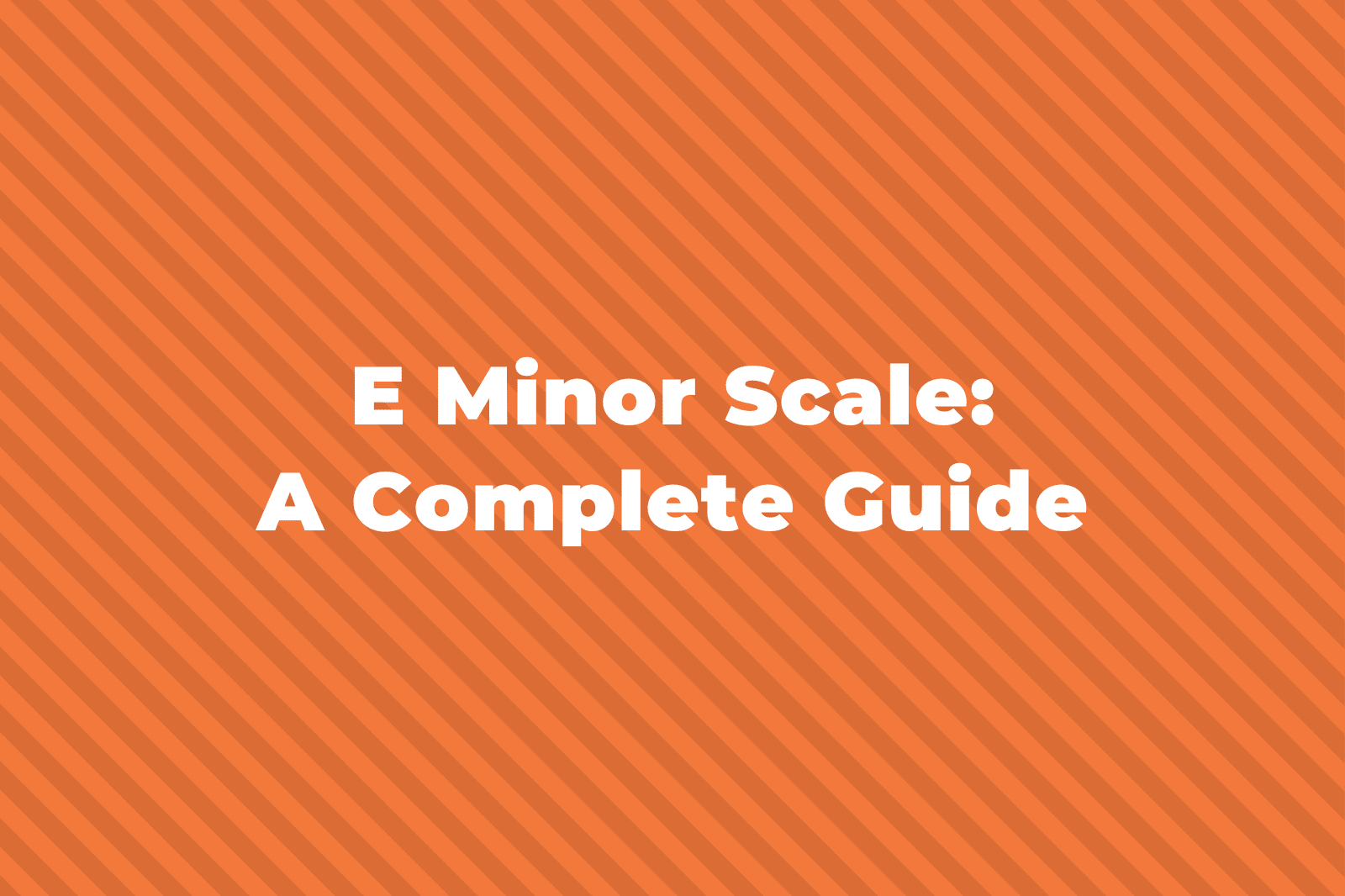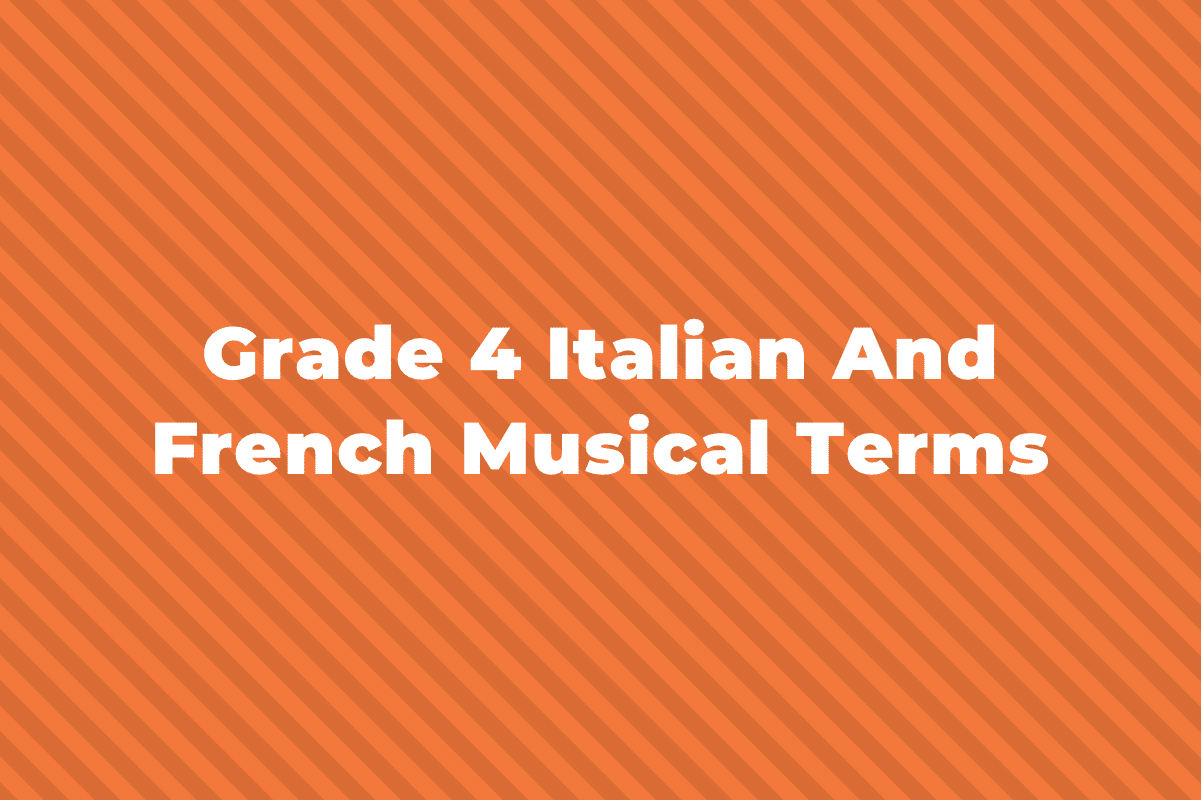Knowing about cadences as a musician is a fundamental part of harmony and songwriting. They can completely change the feel and direction of music, resolving it and giving the piece a sense of closure or leaving it hanging and suspense.
In this post, I’ll cover the four most common types of cadences, what they are, and how they’re used. But first, we need to talk about what phrases are.
What is a Phrase in Music?
Before I explain what cadences are, it will help to know what a musical phrase is.
Let’s start by thinking about language in general.
When speaking we group words into phrases, phrases into sentences and sentences into paragraphs.
A paragraph will tend to express one idea with multiple paragraphs expressing multiple ideas.
We do the same thing in music grouping notes into different ideas or rhythms, and multiple rhythmic and melodic ideas into phrases.
You could think of a phrase in music like a musical sentence expressing one idea.
What is a Cadence in Music?
A cadence is like the musical equivalent of punctuation.
Cadences are made up of at least two chords next to each other at the end of a phrase of music.
These cadences act as the commas and full stops in a piece of music.
Cadences can make the music feel resolved or finished (like a full stop or period), they can make the music feel like they’re not quite finished and are going on to another point (like a comma), or they can leave the music asking questions and intrigue (like a question mark).
The Different Types of Cadences
There are four common types of cadences.
They’re sometimes referred to as different names but I think these are the most common (at least in the UK):
- a perfect cadence (V-I)
- a plagal cadence (IV-I)
- an imperfect cadence (I-V, II-V, IV-V)
- an interrupted cadence
Each of these cadences uses specific chords and we’ll start by looking at the two cadences that end on the tonic chord.
Perfect Cadence
If you were to see a dominant chord followed by a tonic chord (V-I) at the end of a phrase of music then this would be a perfect cadence.
Perfect cadences are the equivalent of a musical full stop.
They feel like the music has come to an end as it resolves to the tonic.
In the key of A major, this would be an E major chord (V) followed by A major chord (I).

Plagal Cadence
Another common type of cadence is a plagal cadence.
A plagal cadence is a subdominant chord followed by a tonic chord (IV-I) at the end of a phrase of music.
In the key of Bb major, this would be Eb major chord (IV) followed by Bb major chord (I).

Plagal cadences, which are sometimes known as ‘amen cadences’, are also the equivalent of a musical full stop.
This is because they too they end on the tonic chord and so feel as if the music has come home and is finished.
Imperfect Cadence
Any cadence that finished on the dominant chord (V) is what we call an imperfect cadence (sometimes called a half cadence).
It’s sort of like a musical comma as the music doesn’t feel quite finished.
Because an imperfect cadence is any one that ends on the dominant chord, there are three different options:
- a tonic chord followed by a dominant chord (I-V)
- a supertonic chord followed by a dominant chord (II-V)
- a subdominant chord followed by a dominant chord (IV-V) In the key of G major that would be the following:

Imperfect cadences tend to come in the middle of a phrase of music (like a comma comes in the middle of a sentence).
Then the phrase will often end with a plagal or perfect cadence (like a full stop at the end of a sentence).
Interrupted Cadences
Another type of cadence that you might come across is an interrupted cadence (sometimes called a deceptive cadence.
An interrupted cadence is a dominant chord (V) followed by a submediant chord (VI) which, in F major would be a C major chord (V) followed by a D minor chord (IV).

Because you expect chord V to resolve to the tonic, it can sound unfinished, and you’re not often expecting it, which is why it’s called a deceptive or interrupted cadence.
Concluding Cadences
I hope that helps give you a basic idea of cadences in music theory.
I’ll be updating this guide soon to talk about chord inversions and how that can affect cadences.



